The shaft is approximately 50ft in diameter and 50ft deep – with smoke-blackened brick walls from steam trains, providing a raw but atmospheric backdrop. The Thames Tunnel once provided a pedestrian crossing of the River Thames nearly two miles downstream of London Bridge. The shaft has now been sealed with a concrete floor, following the transformation of the tunnel for the construction of the East London Line and London Overground.
A Timeline
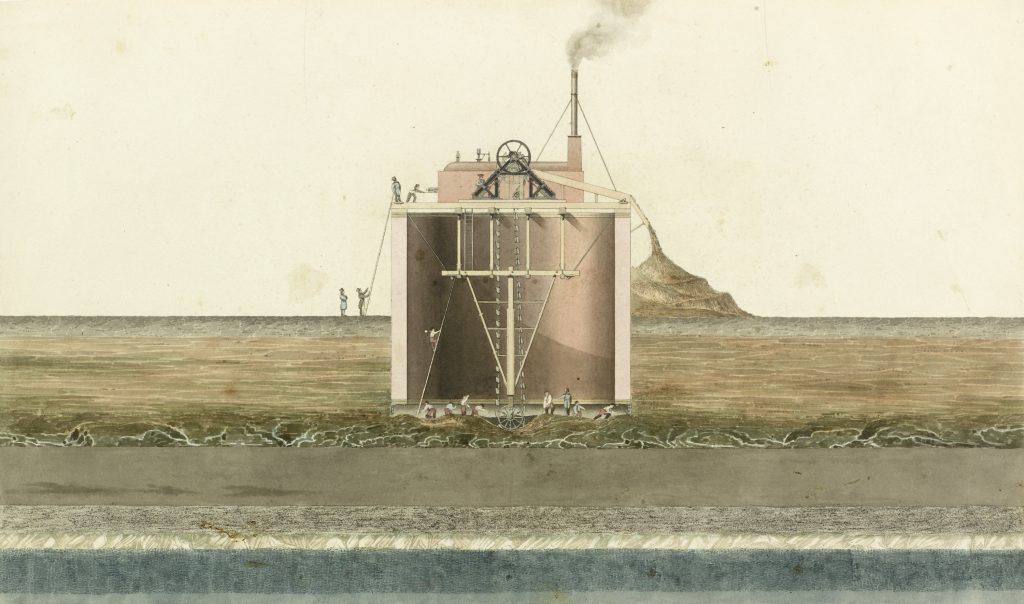
March 1825:
Work begins on the Tunnel Shaft.
A 50ft diameter iron hoop is built directly onto the ground, with brickwork laid ontop of it. It sinks into the ground. It sinks at a rate of a few inches a day.
It stops!
Later 1825:
With the shaft sunk to its required depth, work can now begin on the Tunnel itself

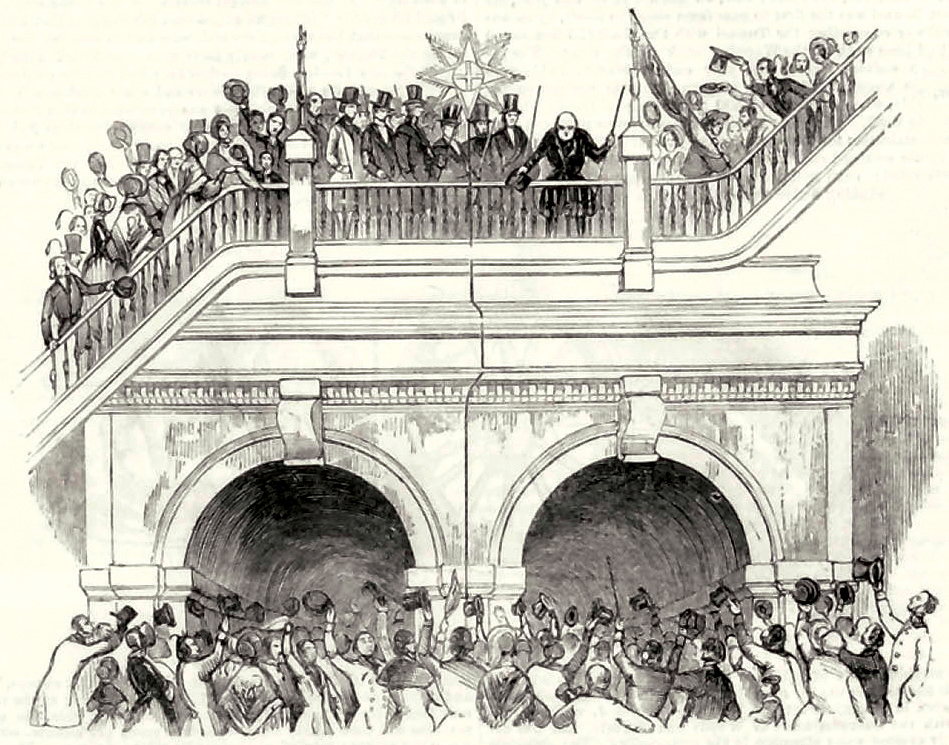
1843:
After 18 long years, many floods and at least 6 deaths, the Tunnel is finally open. Not as a cargo tunnel as initially planned, but a foot tunnel. The Tunnel Shaft becomes the Grand Entrance Hall, with two wooden staircases down to the tunnel. The remains can still be seen today.
1869:
The tunnel is sold to the London Metropolitan Railway and the shaft becomes a ventilation shaft for the steam trains running underneath. Trains still use the tunnel today, and you can feel the rumble beneath your feet.
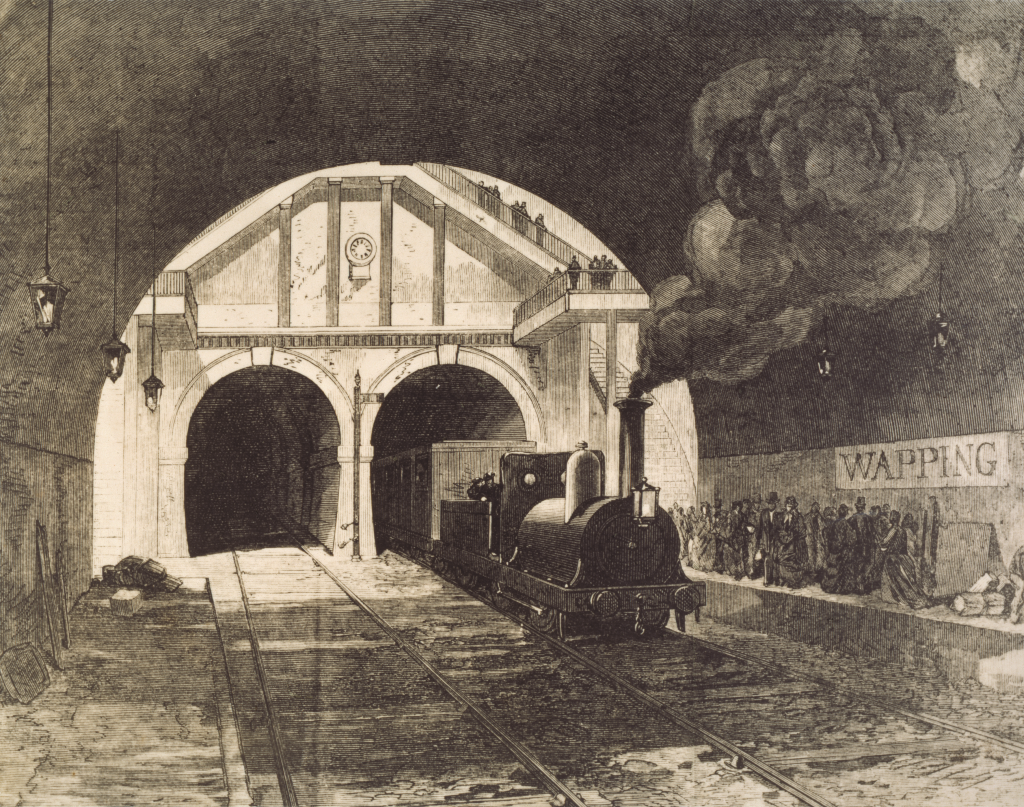
1940s:
A metal roof is placed on the top of the shaft to stop Luftwaffe seeing the lights from the trains.
When did the roof garden go in?
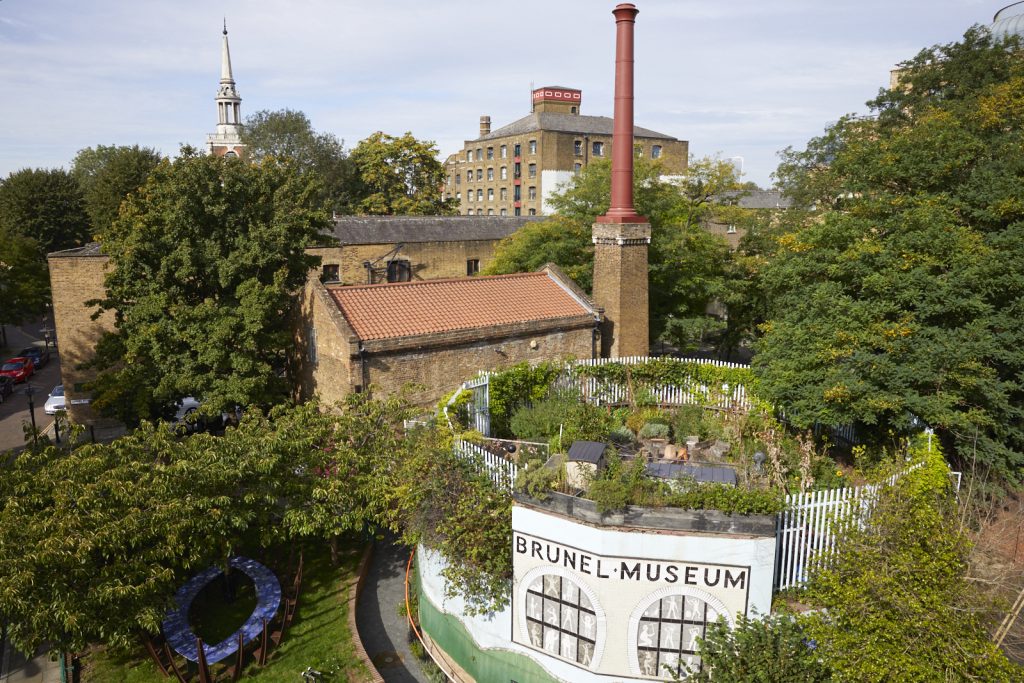
2011:
A cement floor is put in, allowing the Brunel Museum to use the Tunnel Shaft space.
2012:
Roof Garden ontop of the Tunnel Shaft complete, with first Midnight Apothecary event taking place in May 2021. Currently, the Tunnel Shaft and rooftop garden are also used for weddings and other private events.

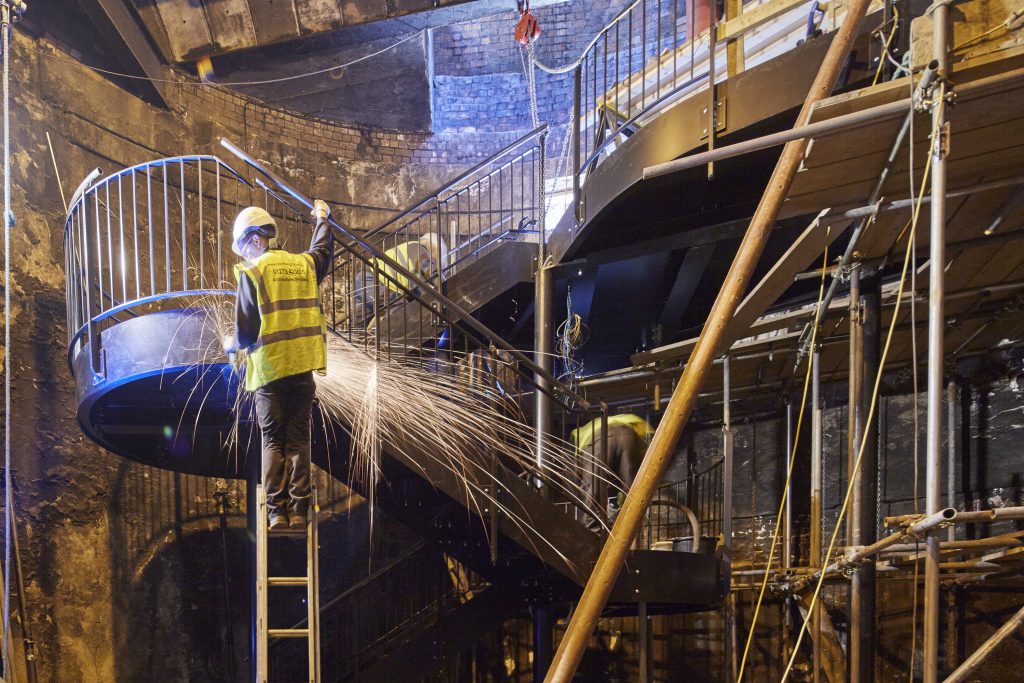
2016:
The staircase is put in. Before then visitors had to crawl through a hatch to access the Tunnel Shaft!
The transformation of Brunel's Grade II* listed shaft into the Grand Entrance Hall is complete!
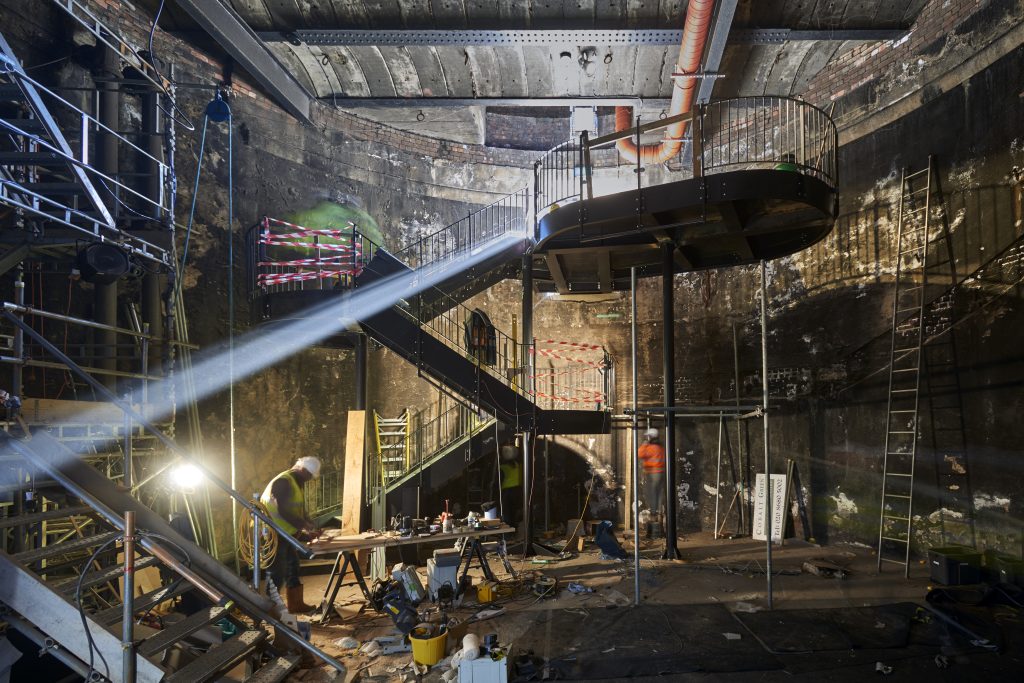
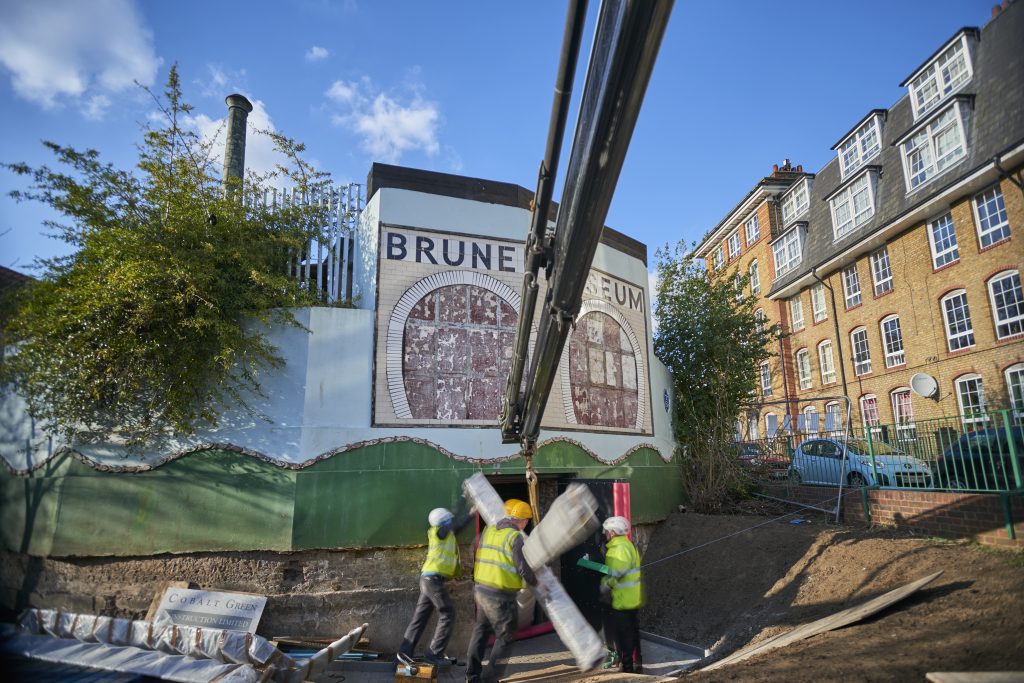
Tate Harmer’s ingenious ‘ship-in-a-bottle’ design means that the staircase is completely independent of the important historic fabric of the structure. Visitors are now able to use this new access point as a means to descend into a rarely glimpsed portion of our industrial heritage, and intriguing underground space (better than crawling through the hatch!)
We proudly unveil the newly transformed Grand Entrance Hall (or ‘sinking’) shaft, accessible to our visitors via new freestanding, cantilevered staircase designed by architects Tate & Co. The architects have also created a new doorway into the shaft.
The project has been made possible thanks to the generosity of the Museum’s grantors AIM/Biffa Award (Association of Independent Museums) and the National Heritage Landmarks Partnership, as well as generous donations from London Borough of Southwark and great operational support from Transport for London.
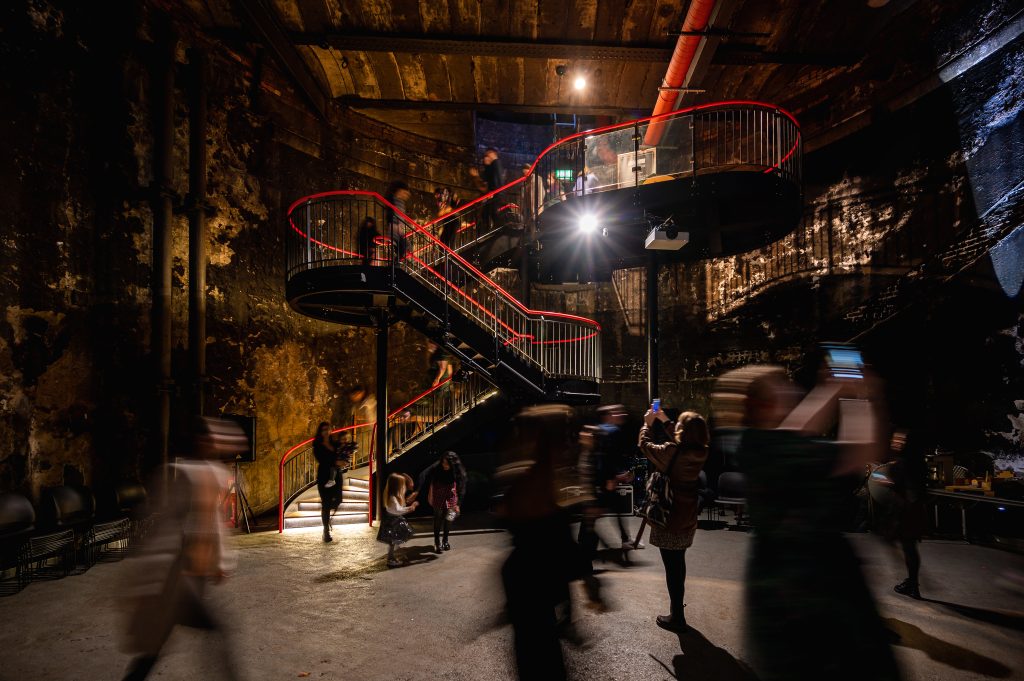
Today:
The Tunnel Shaft is the first point in a visit to the Brunel Museum. It is also used for concerts, weddings, parties, and all sorts of other events! Book your visit today!
The former entrance shaft to the historic Thames Tunnel is now an accessible underground space and a key exhibit for the museum, hosting events and performances and breathing new life into this important fragment of Brunel’s first project.

